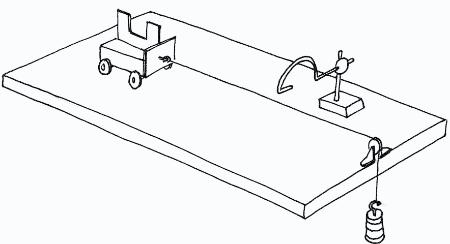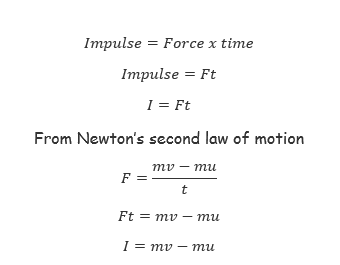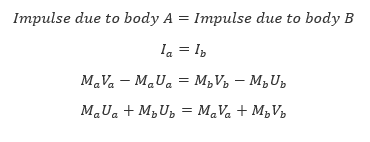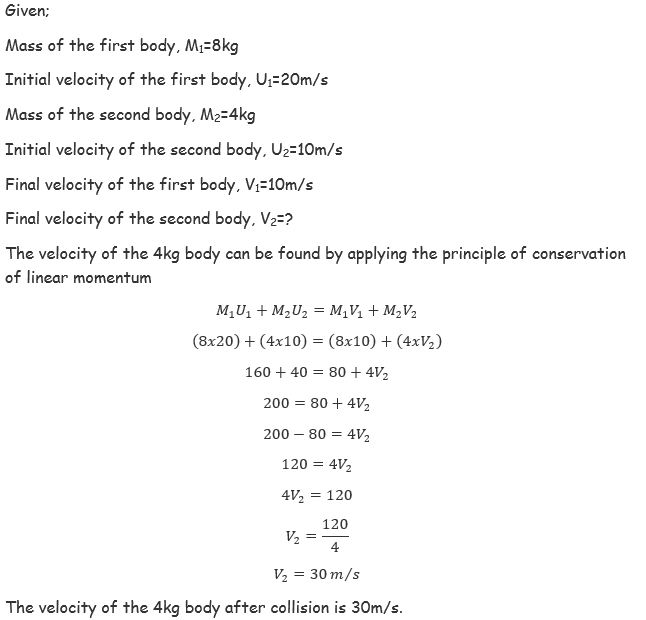TOPIC 7: NEWTON’S LAW OF MOTION

JOIN US WHATSAPP
CLICK HERE
JOIN US TELEGRAM
CLICK HERE
1st Law of Motion
The Concept of Inertia
Explain the concept of inertia
Inertia is the tendency of a body at rest to resist motion when forced to move and a body in motion to continue moving when abruptly stopped.A good example is a passenger sitting on a seat in a bus at rest. When the bus starts moving the passenger will experience a backward push. This is because the body of the passenger was continuing in its state of rest when the bus was starting its motion. Similarly, when the bus stops abruptly the passenger will experience a forward push because as the bus stops, the passenger’s body was still in state of motion. The above situation is described as inertia.
Verification of Newton’s First Law of Motion
Verify Newton’s first law of Motion
Newton’s first law can be verified by performing the below simple experiment.
Activity 1
Experiment
Aim: To verify Newton’s 1st law of motion.
Materials and apparatus: Glass, manila card and small coin.
Procedures.
A small coin is placed on a manila card and the card is positioned on top of the glass such that the coin is directly positioned over the open mouth of the bottle.

Flick the card at C. Make sure that the card is not tilted by moving the finger in the horizontal plane.
Observation: When the card is flicked away quickly by finger, the coin drops neatly into the glass. The coin dropped into the glass because there was no force applied on it when the card was flipped.
Conclusion: The coin continued to be at rest as the card was flicked quickly. This experiment verify Newton’s 1st law of motion.
2nd Law of Motion
Conservation of Linear Momentum














